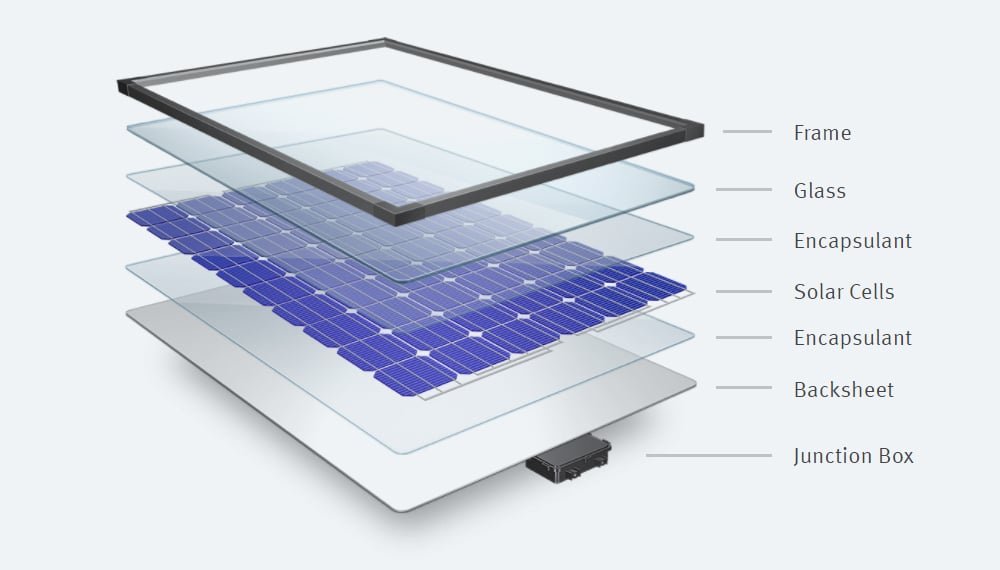

#Diagrams of solar energy generator#
This sunlight heats a pipe that contains oil, this oil is heated and it’s then used to boil water in a conventional steam generator to produce electricity. In the parabolic-trough systems, the sun’s energy is captured through long rectangular, curved mirrors that are tilted toward the sun. This can be achieved in three ways which include a parabolic-trough system, a dish/engine system, and a power tower system. These types of solar power are used in industrial applications and can be run by organizations to power a certain geographical area. Similar technology is often used to heat swimming pools. The solar water heating systems for buildings are made up of two parts, the collector and a storage tank. This is because the sunlight can heat the bottom of the lake or seashore in the shallow areas, which heats the water. This idea is directly from nature in the sense that the shallow water of a lake or the water on the shallow end of a beach is usually warmer compared to deeper water.

Read more: Uses of energy in our daily lifeĪnother type of solar energy is solar hot water, as the name suggests, water is heat up using the sun’s heat. Hundred of arrays would be needed for a large electric utility or industrial applications. Several photovoltaic arrays would be required to provide enough power for a household.

This allows them to capture the most sunlight over the course of a day. Their adjustable size and share allow the flat-plate photovoltaic arrays to be mounted at a fixed angle facing south, or they can be attached to a sun tracking device. Solar cells are typically combined into modules that hold about 40 cells, which can measure up to several meters on the side. In the conversion process, the solar energy knocks the electrons loose from their atoms which makes them flow through the semiconductor material and produce energy. A semiconductor material is used in these solar energy systems to absorb sunlight which creates a reaction that generates electricity. The photovoltaic systems are the same technology employed in clocks and calculators powered by the sun. This is one of the most common ways of using solar power, it is also known as solar cell systems as it produces electricity directly from sunlight. The various types of solar energy include photovoltaic systems, thin-film solar cells, solar water heating systems, solar power plants, and passive solar heating. The passive solar techniques involve orienting a building to the sun, selecting materials with favorable thermal mass or light-dispersing properties, and designing spaces that naturally circulate air. The common techniques used in obtaining solar power are photovoltaic systems, concentrated solar power, and solar water heating. It is an effective source of renewable energy, clearly characterized as either passive solar or active solar depending on how they capture and distribute solar energy or convert it into solar power. Solar energy is radiant light and heat from the sun that is harnessed using a range of ever-evolving technologies like solar heating, photovoltaics, solar thermal energy, solar architecture, molten salt power plants, and artificial photosynthesis.


 0 kommentar(er)
0 kommentar(er)
